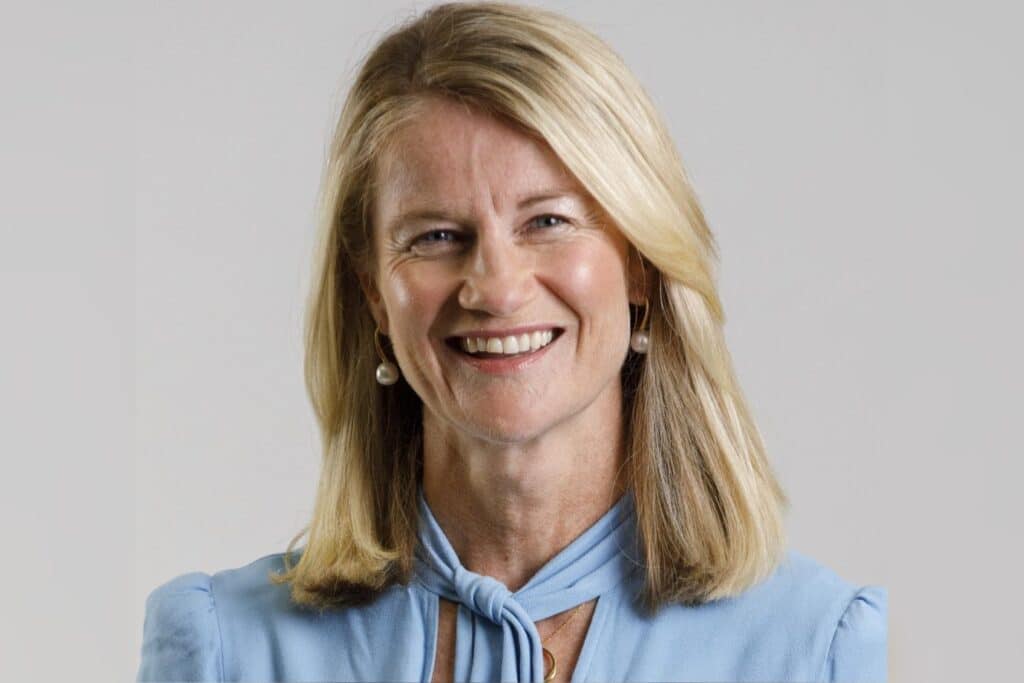Australia’s national gender pay gap of 13 per cent results in a $93,000 difference between men’s and women’s superannuation.
Today, Friday August 25, marks Equal Pay Day in Australia, 56 days after the start of the new financial year that Australian women must work to earn the same, on average, as men did last year.
New research from Aware Super’s Hold The Door report revealed the key areas which contribute to the gender pay gap and the subsequent deficit in retirement savings of Australian men and women.
Aware Super’s CEO and pay equity ambassador at Workplace Gender Equality Agency (WGEA) Deanne Stewart said although equal pay for men and women has been a legal requirement since 1969, the new research shows unequal pay goes much deeper than just giving men and women equal rates of pay.
“The persistent gender pay gap – and subsequent gap at retirement – is as much about how we educate our young people, how we help teenagers plan for their future careers, and how we support employees with caring responsibilities, as it is about rates of pay,” Stewart said.
“In 2023 we need to recognise that these persistent gaps based on gender aren’t about a silent conspiracy to underpay women so much as an insidious, unconscious bias in the way we build and maintain our education and employment systems.”
The research means the female members of Aware Super, which account for roughly two-thirds of their 1.1 million members, will be impacted by the $93,000 deficit, should the gender pay gap remain the same.
The Hold The Door report suggests key steps to lower the gender pay gap and eliminate unconscious gender bias.
“As a society, we need to do better to address our existing biases that are contributing to the ongoing gender pay gap,” Stewart said.
Stewart said the first step to addressing the gender pay gap is to start supporting young girls at school.
The Hold The Door report found young children in the early years of education already had perceptions of what were the “appropriate” career paths for them based on their gender.
“At school, we need to encourage more girls to study the STEM subjects, but also challenge the way we think of girls and boys in the classroom and ensure we’re not continuing to push stereotypes in the social aspects of schooling,” she said.
This support must continue all the way through school, further education and up to their career selection, Stewart said.
“We need to find ways of attracting more women into careers they haven’t considered before – but also doing the same for men who might well thrive in industries or sectors such as caring or teaching.”
The report also identified unconscious gender bias within workplaces, particularly surrounding recruitment and promotion. For example, although more than three quarters (76 per cent) of the General Teaching Service are women, on average, just half of leadership positions are filled by women.
Efforts to lower the gender pay gap need to go beyond schools and workplaces, Stewart said, including sharing domestic caring responsibilities.
“To close the gap further, we will need a really concerted effort right across society,” Steward said.
“The gender pay gap WGEA reports isn’t just about pay equity within roles. It speaks to the balance of earnings right across the economy.”
Last week, Australia’s national gender pay gap dropped from 13.3 per cent to 13 per cent, marking the lowest ever gender pay gap.
As of May 2023, women in Australia earn 87 cents for every dollar earned by men, accounting for a difference of $252.30 in men’s and women’s average weekly ordinary earnings.
“The gains we’ve made to date have required an enormous amount of work already,” Stewart said.
“That effort will need to continue including more of the structural and cultural biases being addressed in a meaningful way.”


